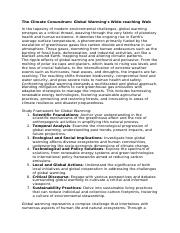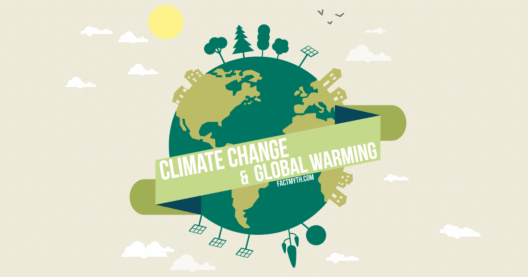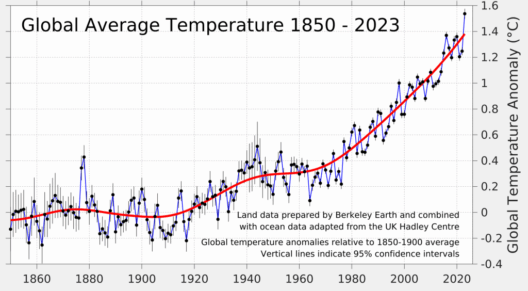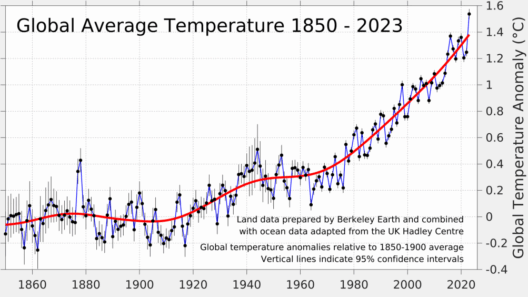Coral reefs, often referred to as the “rainforests of the sea,” are among the most diverse and productive ecosystems on the planet. They support a staggering array of marine life, providing habitat, food, and protection to countless species. As vital players in oceanic health, coral reefs also play significant roles in coastal protection and tourism. However, the ominous specter of global warming looms over these vibrant ecosystems, inducing profound shifts that threaten their existence. This phenomenon raises critical questions regarding coral’s adaptability and resilience in the face of climate change.
One of the most striking observations about coral reefs is their resilience; many species have adapted to thrive in extreme conditions. Yet, this adaptability is increasingly put to the test as ocean temperatures rise. The threshold at which corals can function effectively is relatively narrow. With the increase in sea temperatures, corals face stress that can lead to a process known as bleaching. When corals become stressed, they expel the symbiotic algae (zooxanthellae) that provide them with essential nutrients through photosynthesis. This not only diminishes the color of the corals but also threatens their survival, as they become more susceptible to disease and mortality.
So, what causes this bleaching phenomenon? The fundamental issue lies in the biochemical interaction between corals and their algal partners. Zooxanthellae reside within the coral tissues, supplying the host with vital organic molecules derived from sunlight. As temperatures rise, the symbiosis falters, leading to the expulsion of the algae. This shift highlights a crucial underlying reason for coral’s vulnerability—its dependency on a delicate balance with these algal partners. When faced with external stressors like elevated temperatures, this relationship becomes tenuous, exposing corals to dire consequences.
Temperature is not the sole harbinger of doom for coral reefs. Ocean acidification, another byproduct of climate change, is equally insidious. As carbon dioxide levels in the atmosphere rise, a significant portion is absorbed by the oceans, leading to a decrease in pH. This phenomenon disrupts the calcification process, a vital aspect of coral growth. Coral reefs rely on calcium carbonate to build their structures; as acidification progresses, their ability to grow and maintain their skeletons diminishes. This dual threat of warming waters and acidifying oceans creates a perfect storm, jeopardizing the structural integrity of coral reefs.
Moreover, the geographical distribution of coral species adds another layer of complexity to the “climate conundrum.” Not all corals possess the same range of tolerance to temperature variations. Some, like the robust, fast-growing species found in warmer waters, have evolved to withstand higher temperatures. Others, particularly those in cooler regions, are less adaptable. As ocean temperatures continue to shift, the potential for regional extinction of less resilient species grows. This uneven distribution of resilience complicates conservation initiatives, necessitating region-specific strategies to bolster reef preservation.
In addition to these biological challenges, human activities amplify the stressors posed by climate change. Overfishing, pollution, and coastal development severely impact coral ecosystems. These anthropogenic factors compound the effects of warming waters and acidification, thus exacerbating the plight of corals. Coral reefs, already at a tipping point, struggle to cope with the added strain from human exploitation. This intricate interplay between natural and human-induced stressors underscores the importance of holistic approaches to conservation.
There is a growing body of research aimed at developing adaptive strategies that enhance coral resilience. These efforts range from selective breeding of heat-resistant coral strains to innovative restoration techniques, such as coral gardening. The establishment of marine protected areas (MPAs) can also provide a refuge for vulnerable species, allowing for the centripetal recovery of coral populations. However, these strategies require careful implementation and long-term commitment, emphasizing the urgency of addressing the root causes of climate change.
Communities worldwide are beginning to recognize the significance of coral reefs and their vulnerability to climate change. Local and global initiatives are being established to raise awareness and promote sustainable practices. Education plays a pivotal role in fostering a cultural shift towards greater respect for marine environments. Governments, NGOs, and researchers are collaborating to create frameworks that prioritize coral conservation alongside socioeconomic development.
Ultimately, coral reefs present a captivating paradox. They encapsulate the interplay between nurturing resilience and vulnerability, beauty and fragility. The fascination with these underwater ecosystems extends beyond their vibrant colors and breathtaking biodiversity. It is rooted in their integral role in maintaining ecological balance—and their perilous fate in the wake of climate change. Meeting the challenges posed by global warming requires a multifaceted approach, combining scientific innovation, community engagement, and political will.
As we navigate a path forward, acknowledging the interconnectedness of our ecosystems and the consequences of our actions becomes paramount. Through concerted efforts, it is not only possible to protect coral reefs but also crucial to understand the generations of wisdom they hold within their delicate structures. As stewards of the planet, it is our responsibility to ensure that the strategies employed are not only reactive but proactive, focused on preserving the wonder of coral reefs for future generations.








